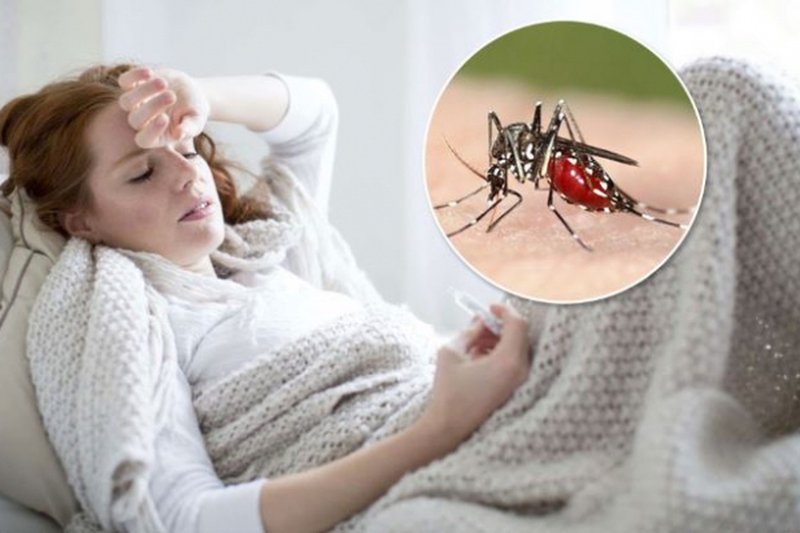How dangerous is hematuria malaria?
Hemophilia is a malignant form of malaria usually caused by the malaria parasite Plasmodium falciparum. The patient will have an acute breakdown of red blood cells leading to acute anemia, acute kidney failure, mucosal jaundice ... and can lead to death if not treated promptly
1. Clinical symptoms of hemoglobinuria
1.1. Start-up phase
The onset phase lasts from half a day to 1 day, the patient usually has the following symptoms:
Chills, fatigue, high fever (over 39-40 degrees Celsius) Pale skin and mucous membranes Vomiting many times Bitter, green yellow, sometimes dry vomiting Dark urine, the patient wants to urinate many times, sometimes feels a burning sensation in the urethra.
1.2. Full-blown stage
The above symptoms continue to get worse
The patient continues to have malarial shivering or fluctuating fever, each chill is often accompanied by hemolysis, usually lasts 3-4 days and the fever gradually subsides from the 2nd day. Vomiting greenish-yellow gastric juice and bile with epigastric pain, sweating, and possibly dry vomiting. Jaundice of the skin and mucous membranes, which increases with each bout of malaria, becomes dark yellow and dark green if hemolysis is acute and prolonged. Urine contains hemoglobin: The urine is bright red at first, then rapidly turns red. umber. Urine for long settling is divided into 2 layers: The upper layer is brown urine, the lower layer is gray-brown including hemoglobin, epithelial cell casts, granulosa casts and inner casts. From day 2-3 onwards, the patient urinated less and less due to dehydration followed by physical renal failure. Between the two hemolytic episodes, the urine becomes less dark brown and paler. The duration of hematuria can be several hours, with an average of 3-4 days. Anemia syndrome, acute hypoxia: pale skin and mucous membranes, dizziness, dizziness, lightheadedness, rapid pulse, rapid breathing, increased blood pressure, chest tightness... Duration 4-7 days.

Triệu chứng ban đầu của bệnh là vàng da
2. Complications of hemoglobinuria
2.1. Acute kidney failure
Complications of acute renal failure are the most common and dangerous complications caused by hematuria malaria.
Mild type: Hematocrit is high, urination is less, but the clearance of urea, creatinine, and Na+ is still normal, often appearing early. From day 4 onwards: Organ failure due to tubular necrosis, anuria, blood urea increased, urinary urea lower than normal, creatinine clearance decreased. The patient turns to a metabolic acidosis, urea toxicity, hyperkalemia, threatening cardiac arrest.
2.2 Cardiovascular failure, circulatory failure
Blood pressure drops Fast pulse
2.3 Acute brain syndrome
Patient goes into coma Convulsions

Bệnh nhân có thể xảy ra biến chứng co giật
2.4 Complications in the hepatobiliary system
Acute liver failure
2.5 Death
Complications are the direct cause of death:
Acute kidney failure leading to urea, high blood creatinine, high blood K + and cardiac arrest Coma, convulsion, Cardiovascular collapse, low blood pressure Malaria hemoglobinuria Many serious complications can lead to death. For cases of Plasmodium falciparum infection in malaria endemic areas, the disease often recurs many times, it is necessary to pay attention to the clinical features of the disease for early detection and urgent treatment. timely.
Any questions that need to be answered by a specialist doctor as well as customers wishing to be examined and treated at Vinmec International General Hospital, you can contact Vinmec Health System nationwide or register online HERE.
Bài viết này được viết cho người đọc tại Sài Gòn, Hà Nội, Hồ Chí Minh, Phú Quốc, Nha Trang, Hạ Long, Hải Phòng, Đà Nẵng.






